Kinhtedothi - One of the notable new points of the Law on Public Investment (amended) is changing the authority to decide on investment policies for group B and group C projects from People's Councils at all levels to People's Committees at all levels.
On the afternoon of November 29, continuing the 8th Session, with the majority of delegates voting in favor, the 15th National Assembly passed the Law on Public Investment (amended) with many notable new points.
The Law on Public Investment (amended) consists of 7 chapters and 103 articles, regulating State management of public investment; management and use of public investment capital; rights, obligations and responsibilities of agencies, units, organizations and individuals related to public investment activities.
The Law applies to agencies, units, organizations and individuals participating in or related to public investment activities, management and use of public investment capital.
The Law on Public Investment has provisions to classify public investment projects, in which, when approving investment policies for important national projects, group A, group B, and group C projects, competent authorities have the right to decide whether or not to separate the content of compensation, support, resettlement, and site clearance into independent component projects.
The Law also stipulates criteria for classifying important national projects, group A projects, group B projects, group C projects, in which, important national projects are independent investment projects or closely linked clusters of works, belonging to one of the following criteria: using public investment capital from 30,000 billion VND or more; having a major impact on the environment or potentially having a serious impact on the environment; using land requiring the conversion of land use purpose for rice cultivation from 2 crops or more with a scale of 500 hectares or more; relocating and resettling 20,000 people or more in mountainous areas, 50,000 people or more in other regions...
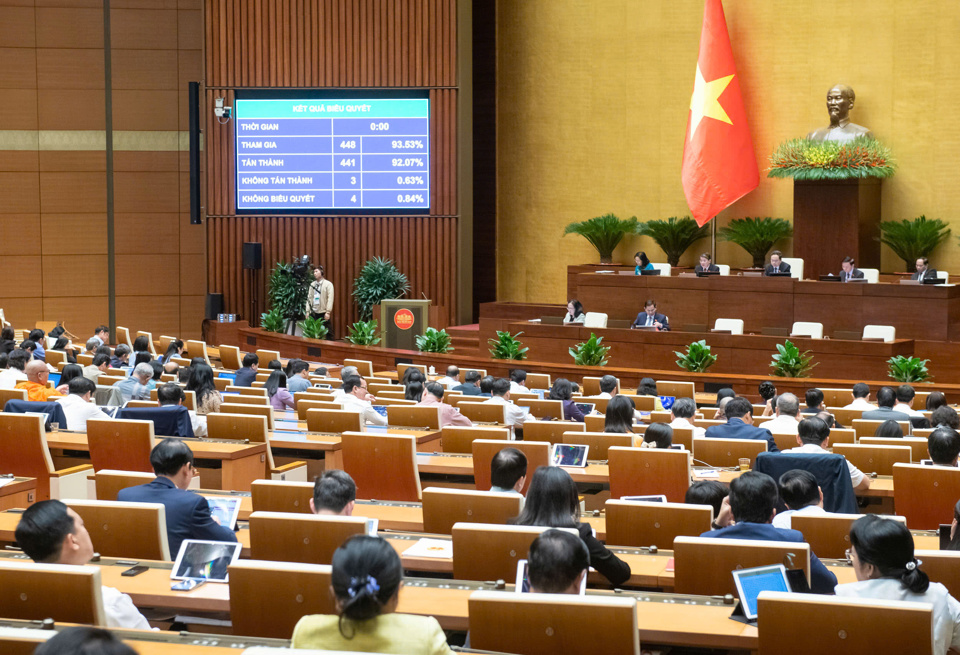
One of the notable new points of the Law on Public Investment (amended) is the change in the authority to decide on investment policies for group B and group C projects. Accordingly, decentralization to People's Committees at all levels to decide on investment policies for groups B and C managed by localities is a major change from the authority of People's Councils at all levels to People's Committees at all levels. The Law has added the authority to "decide on investment policies for projects" along with the responsibility to "report to the People's Council at the same level at the nearest session" to ensure consistency.
At the same time, in the spirit of innovation, in order to increase flexibility in the management and implementation of the medium-term public investment plan, the Law on Public Investment (amended) assigned the Prime Minister to decide on adjusting the medium-term public investment plan with central budget capital in the following cases: adjusting the medium-term public investment plan with central budget capital between ministries, central agencies and localities in case it does not exceed the total medium-term capital level decided by the National Assembly, ensuring effective use of capital and reporting to the National Assembly at the nearest session;
Adjust the medium-term public investment plan of central budget capital internally and among sectors, fields, and programs of ministries, central agencies, and localities within the total medium-term capital of each ministry, central agency, and locality as decided by the National Assembly.
Regarding the regulation on the 20% limit of projects over 2 medium-term periods in Article 93, it is amended in the following direction: the regulation continues to maintain the regulation on the 20% limit; supplementing regulations for national target programs and important national projects implemented according to the Resolution of the National Assembly; supplementing regulations for projects using capital from legal revenue sources of State agencies and public service units.
For programs and projects using ODA capital and foreign preferential loans, additional regulations allow exceeding 20% but not exceeding 50% of the capital of the previous medium-term public investment plan.
Regarding the pilot and specific mechanisms and policies that have been allowed to be applied by the National Assembly, they are also stipulated in the law, such as: separating compensation and resettlement work into independent projects; assigning 1 provincial People's Committee as the competent authority to implement projects passing through 2 or more provincial administrative units; Allowing the provincial People's Council to arrange local budget capital to entrust the implementation of credit policies through the Social Policy Bank...
Source: https://kinhtedothi.vn/thay-doi-tham-quyen-quyet-dinh-chu-truong-dau-tu-du-an-nhom-b-nhom-c.html







![[Photo] Hanoi morning of October 1: Prolonged flooding, people wade to work](https://vphoto.vietnam.vn/thumb/1200x675/vietnam/resource/IMAGE/2025/10/1/189be28938e3493fa26b2938efa2059e)










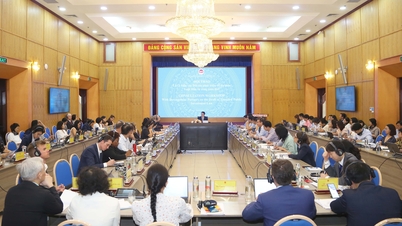

















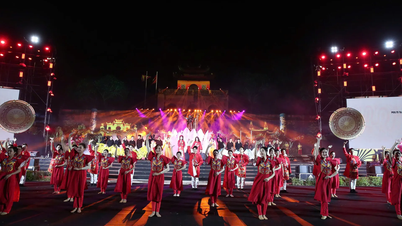





![[Photo] Panorama of the cable-stayed bridge, the final bottleneck of the Ben Luc-Long Thanh expressway](https://vphoto.vietnam.vn/thumb/1200x675/vietnam/resource/IMAGE/2025/9/30/391fdf21025541d6b2f092e49a17243f)


































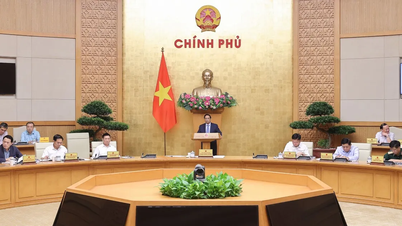





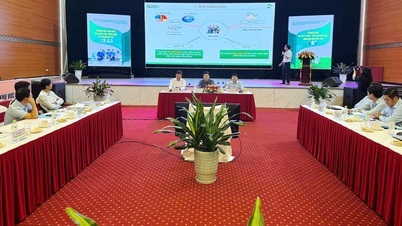















Comment (0)